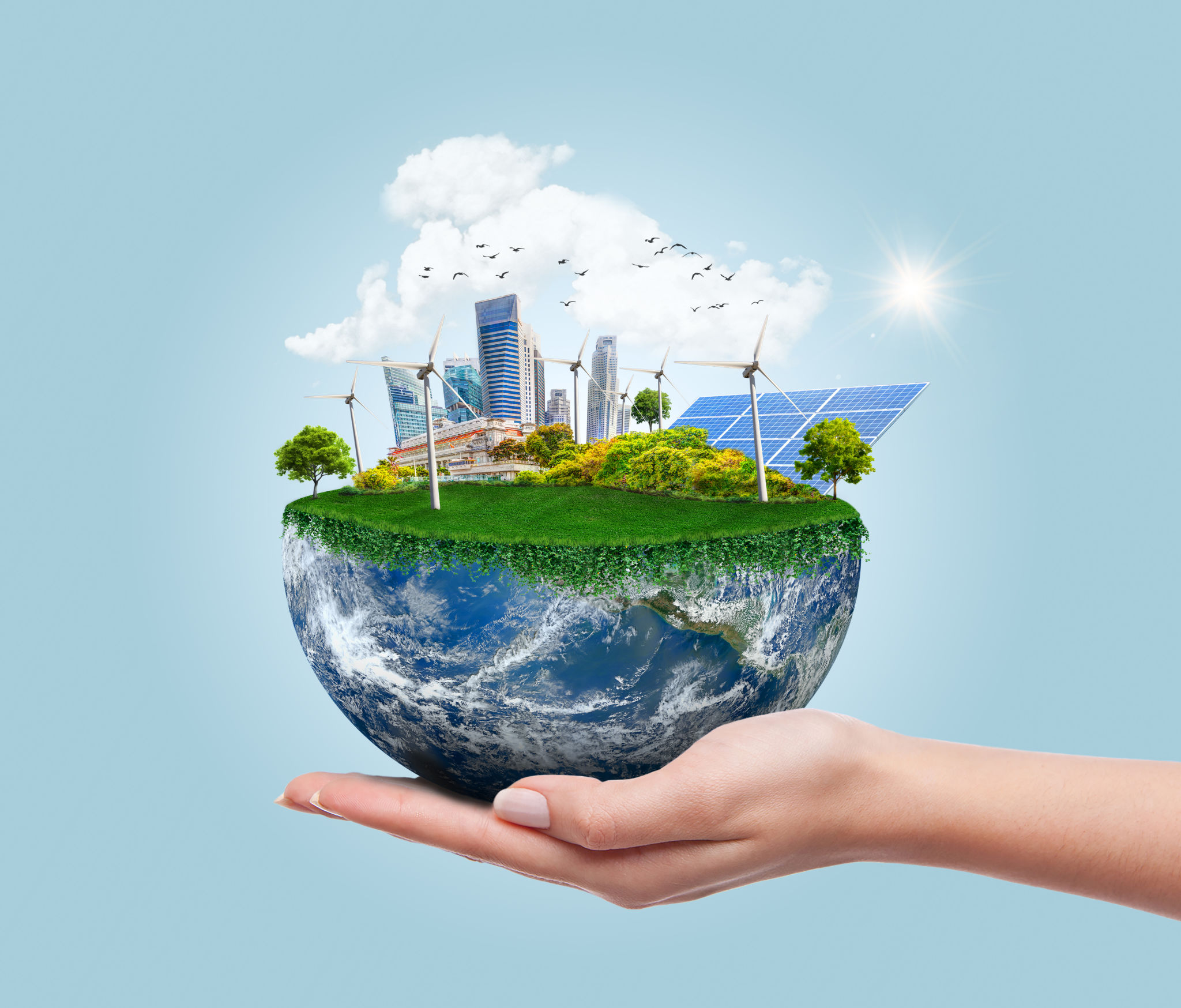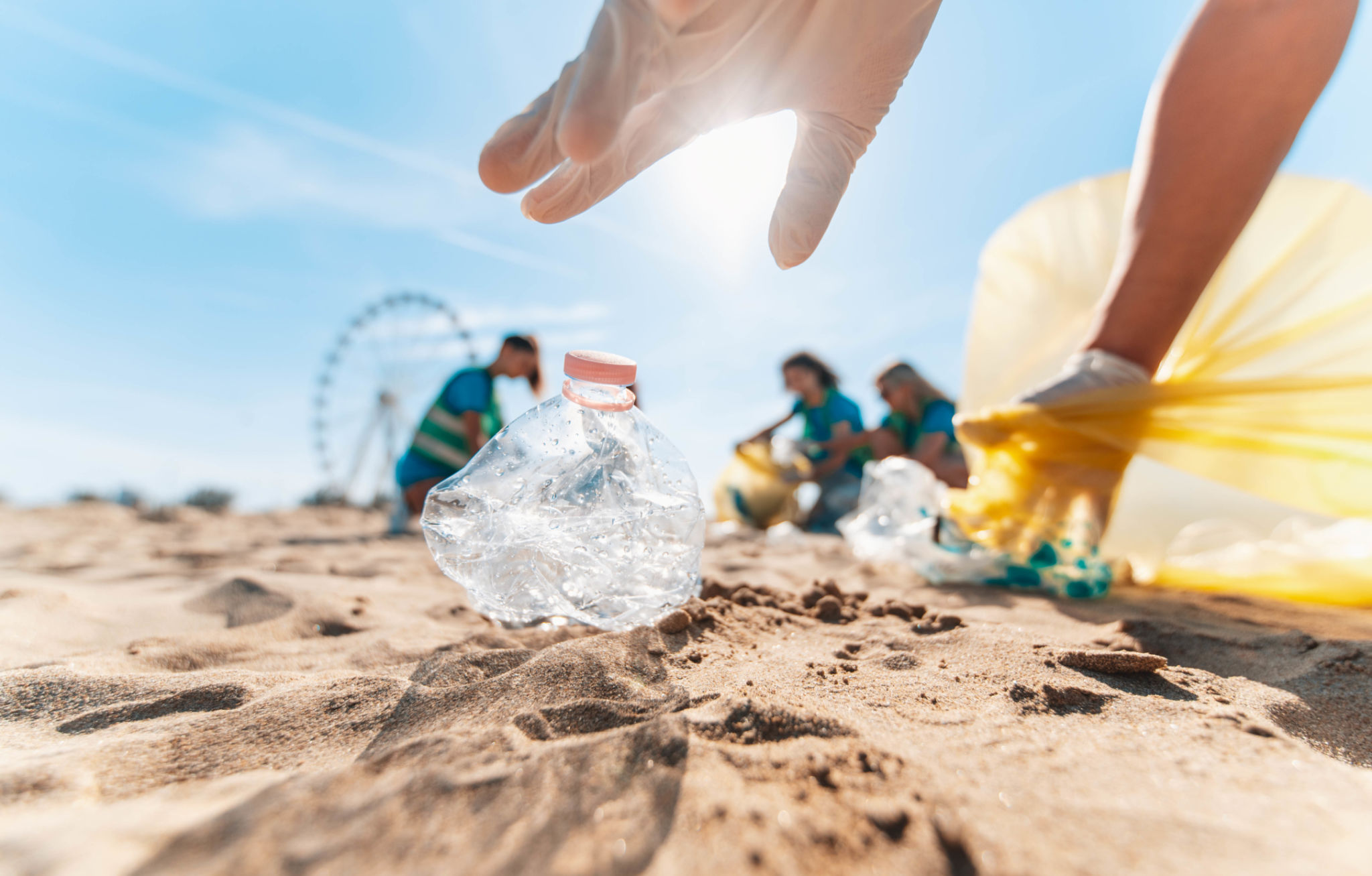Debunking Myths About Environmental Protection Systems in the USA
Understanding Environmental Protection Systems
Environmental protection systems in the USA are often misunderstood, leading to various myths and misconceptions. These systems are crucial for safeguarding natural resources, maintaining biodiversity, and ensuring public health. However, a lack of awareness and misinformation can hinder their effectiveness.
One prevalent myth is that environmental protection systems are excessively costly and burden economic growth. While implementing these systems does require investment, they often provide long-term economic benefits. By preserving natural resources and reducing pollution, these systems can lead to healthier communities and even foster job creation in green industries.

Myth: Environmental Regulations Stifle Innovation
A common misconception is that stringent environmental regulations stifle innovation. In reality, these regulations often spur companies to innovate and develop new technologies to comply with standards. This drive towards innovation can lead to the creation of more efficient processes and products, which can be both environmentally friendly and economically advantageous.
Moreover, businesses that prioritize environmental protection often gain a competitive edge in the market. Consumers are increasingly looking for sustainable products, and companies that can meet this demand are likely to thrive. By embracing environmental regulations, businesses can position themselves as leaders in sustainability.
Myth: Individual Actions Don't Make a Difference
Another myth is that individual actions are insignificant in the grand scheme of environmental protection. While systemic changes are crucial, individual efforts collectively contribute to significant positive impacts on the environment. Simple actions such as reducing energy consumption, recycling, and supporting sustainable products can collectively lead to substantial environmental benefits.

Furthermore, individual actions often serve as a catalyst for broader societal change. When people adopt sustainable practices, they influence those around them, creating a ripple effect that encourages communities to embrace environmentally friendly habits.
Myth: Renewable Energy is Not Reliable
There is a persistent belief that renewable energy sources are not reliable enough to meet the nation's energy demands. However, advancements in technology have significantly improved the reliability and efficiency of renewable energy sources such as solar, wind, and hydroelectric power.
These renewable sources are not only becoming more reliable but also more cost-effective. As a result, they are playing an increasingly significant role in the nation’s energy portfolio. Investing in renewable energy not only helps reduce carbon emissions but also enhances energy security by diversifying energy sources.

The Role of Education in Environmental Protection
Education plays a vital role in debunking myths about environmental protection systems. By raising awareness and providing accurate information, educational initiatives can empower individuals and communities to make informed decisions about environmental issues.
Programs that educate children and adults alike about the importance of sustainability can foster a culture of environmental stewardship. As people become more educated about the environment, they are more likely to support policies and practices that promote long-term ecological health.
Conclusion
Debunking myths about environmental protection systems is essential for effective implementation and public support. By understanding the true benefits and potential of these systems, individuals and communities can contribute to a healthier planet. Embracing facts and dismissing misconceptions will pave the way for a sustainable future.
